By Nationwide Children’s Hospital
07/29/2013
Choking is a leading cause of injury among children, especially for children 4 years of age and younger. A new study by researchers at the Center for Injury Research and Policy of The Research Institute at Nationwide Children’s Hospital and colleagues at the Centers for Disease Control and Prevention examined nonfatal food-related choking among children 14 years of age or younger from 2001 through 2009.
During the nine-year study period, more than 12,000 children were treated each year in U.S. emergency departments for injuries from choking on food, which equals 34 children each day.
According to the study, published in the July online issue of Pediatrics, hard candy caused the most choking episodes (15 percent), followed by other candy (13 percent), meat, other than hot dogs (12 percent), and bones (12 percent). These four food types alone accounted for more than half of all the choking episodes in the study.

The Top Ten Choking Hazard Foods from Babyfoodchart.com
While some of these might be obvious, others may not have occurred to you. The ten foods most likely to cause choking are as follows:
- Hot Dogs: Their round shape can easily lodge in a child’s small airway, and they are too heavy to easily cough out. Hot dogs can be served, but should be cut up into small bites by quartering each round slice carefully.
- Nuts and seeds: These may seem obvious to some people, but remember that it isn’t just a bowl of nuts that pose the risk. Nuts and seeds can appear in all kinds of baked goods, so keep an eye out for them
- Chunks of meat or cheese: Meat should be cooked thoroughly and served in very small bites. Cheese is best sliced thin or even shredded, and never served in cubes.
- Whole grapes: The skin can be very hard to break through, especially without teeth. Grapes should be cut into quarters before serving.
- Hard, sticky candy: This one isn’t all that surprising to most people, and you might never think of giving your baby hard candy – but make sure well-meaning grandparents and others know the rule as well. As your child gets older, hard candy is still not a good idea – keep candy a rare treat and serve only soft options.
- Popcorn: Most parents are surprised by this one; after all, popcorn is a soft, fluffy bite that melts in your mouth. Unpopped and partially popped kernels, however, pose a serious risk.
- Chunks of peanut butter: If you have ever gotten peanut butter stuck on the roof of your mouth, you can imagine how this could become a problem. Serve smooth peanut butter in a very thin layer, and try spreading it on warm toast so that it melts.
- Raw vegetables: Until your child is able to chew very effectively, don’t offer raw vegetable such as carrots which are hard and can pose a choking hazard. Cook vegetables at least partway before serving.
- Chewing gum: You might never offer chewing gum to a baby or young child, but that doesn’t mean they might not get their hands on it. Keep it safely out of reach.
“Other high-risk foods, such as hot dogs, seeds and nuts, were more likely to require hospitalizations,” said Gary Smith, MD, DrPH, director of the Center for Injury Research and Policy. “These foods have high-risk characteristics that make them more likely to block a child’s airway or make them more difficult to chew, which can lead to more serious choking events.”
More than 60 percent of the choking episodes occurred among children 4 years of age and younger. In line with physical and neurological development, the number of choking episodes decreased with increasing age until 7 years of age, after which the number of episodes remained relatively unchanged through age 14. However, the number of choking episodes involving candy increased with increasing age, and by age 4 years, more than half of choking episodes involved candy.
“Although the Consumer Product Safety Commission has well-established surveillance systems in place, as well as legislation and regulations to protect children from nonfood-related choking, no similar monitoring systems, legislation, or regulations currently exist to address food-related choking among children,” added Dr. Smith, also professor of Pediatrics in The Ohio State University College of Medicine. “Implementing improved monitoring of food related choking incidents, placing warning labels on foods that pose a high choking risk, changing the design of foods consumed by children to reduce the risk of choking, and developing public awareness campaigns to educate parents about the danger of food-related choking among children could all help reduce the number of choking episodes in the United States.”
Child caregivers should be aware of food choking prevention recommendations and guidelines. Children younger than 5 years of age should not be given hard candies or gum, and raw fruits and vegetables should be cut into small pieces. Young children should be supervised while eating and should eat sitting down. More choking prevention tips are available at www.nationwidechildrens.org/cirp-choking-prevention.
This is the first study to use a nationally representative sample to examine nonfatal food-related choking among children treated in U.S. emergency departments over a multi-year period. Data for this study were obtained from the National Electronic Injury Surveillance System – All Injury Program (NEISS-AIP), which is operated by the U.S. Consumer Product Safety Commission. The NEISS-AIP provides information on consumer product-related and sports- and recreation-related injuries treated in hospital emergency departments across the country.
The Center for Injury Research and Policy (CIRP) of The Research Institute at Nationwide Children’s Hospital works globally to reduce injury-related pediatric death and disabilities. With innovative research at its core, CIRP works to continually improve the scientific understanding of the epidemiology, biomechanics, prevention, acute treatment and rehabilitation of injuries. CIRP serves as a pioneer by translating cutting edge injury research into education, policy, and advances in clinical care. For related injury prevention materials, or to learn more about CIRP, visit www.injurycenter.org.
Source:Nationwide Children’s Hospital
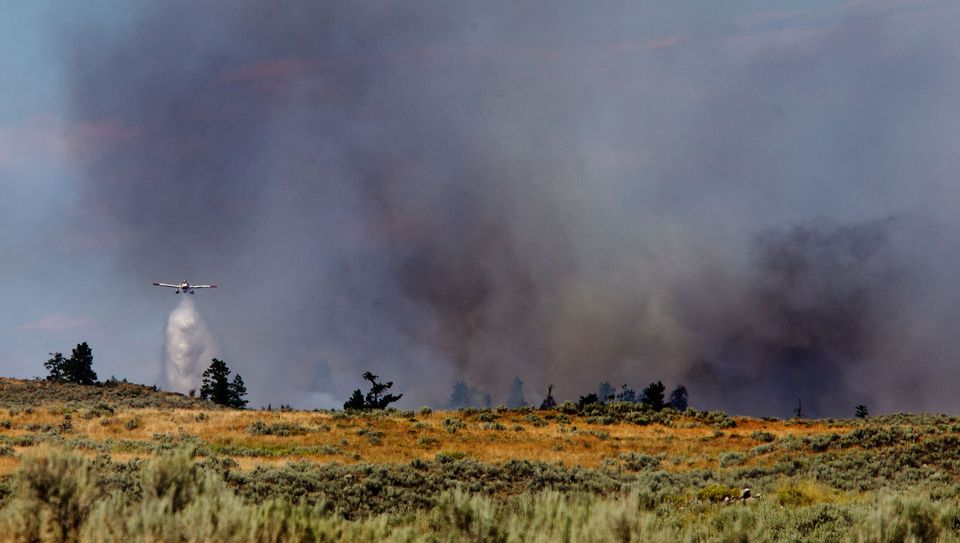


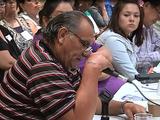


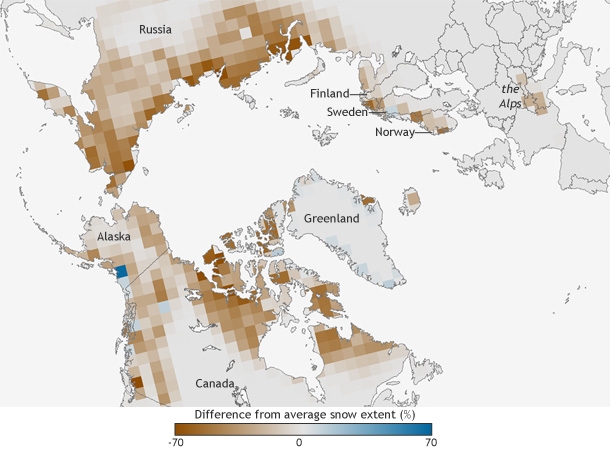





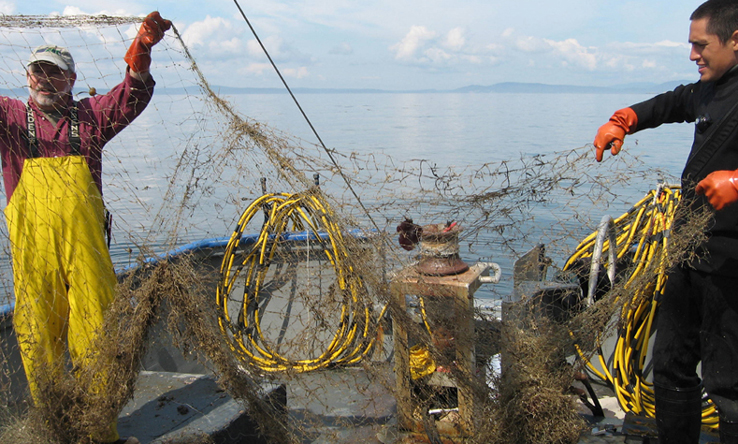
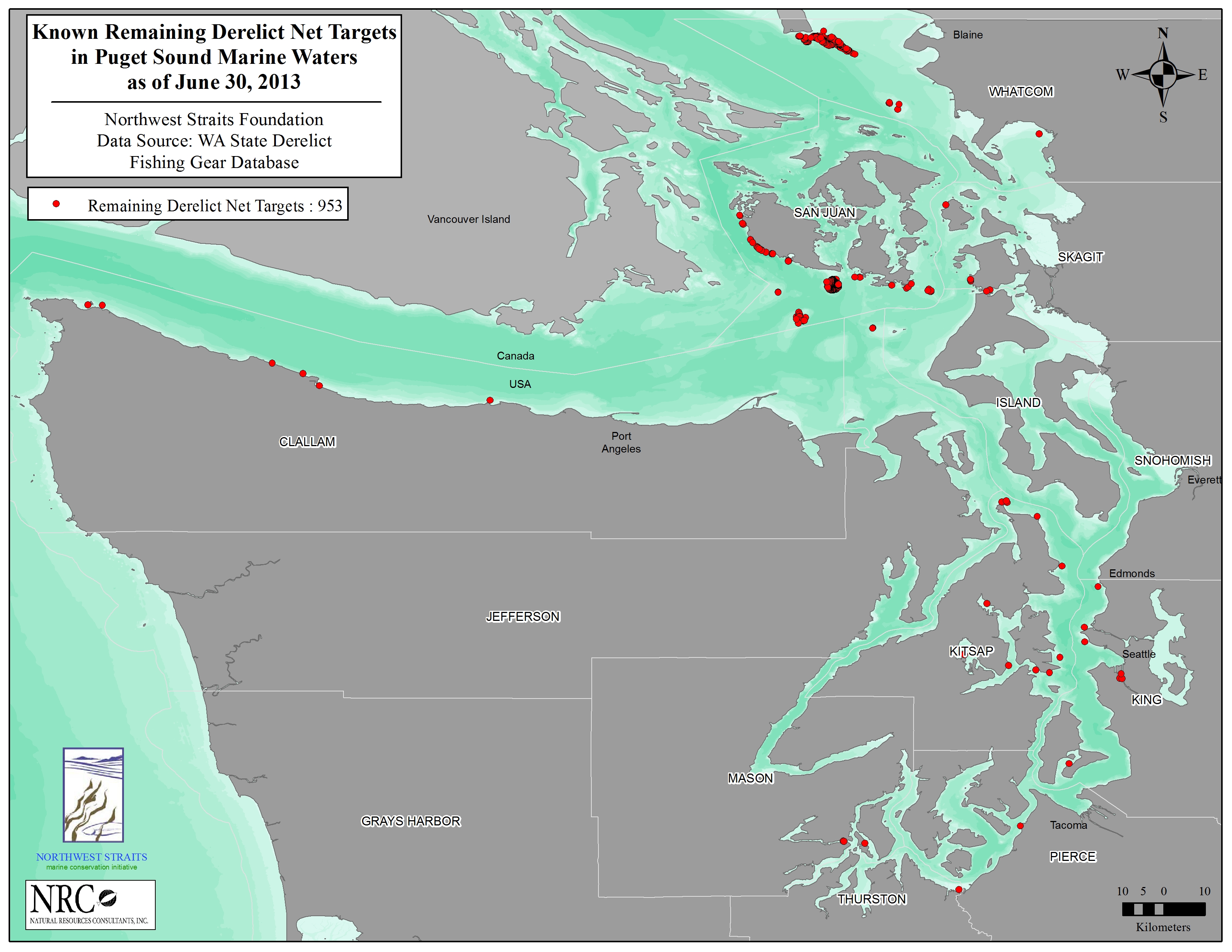



 ROCHELLE JOHNSTON
ROCHELLE JOHNSTON